CULT leader Charles Manson, who has died aged 83, rose from humble beginnings to become the most infamous convicted killer of all time. Here’s how he brought others under his evil spell.
Blazing-eyed prophet Charles Manson — who has died at age 83 — was riding a wave of rising fame with his mesmerising message of free love. But he also held a dark secret.
He held court over a cabal of 100 fervent followers.
His domain was an expansive, remote Californian ranch.
He had a personal harem of devoted, doe-eyed young women.
It all went wrong with the slaughter of pregnant Hollywood actor Sharon Tate, her unborn baby and six others.
Police quickly traced the killings to a gang of youths. All were fresh faced. All were entranced by their hero: Charles Manson.
Their motive?
A sacrifice in order to start Manson’s ‘holy’ war.
It’s an almost incomprehensible story that splashed across the world. Its impact was such that the name Manson would linger in living rooms for decades to come.
But time has dulled the broad scope of his madness. Much of the story has become buried by myth, or distorted by endless dissection.
Manson and his ‘Family’ of young disciples have been implicated in some 35 murders. Few cases ever went to trial.
In his own words, he was an outlaw from the day he was born.
He became the most infamous convicted killer of all time.
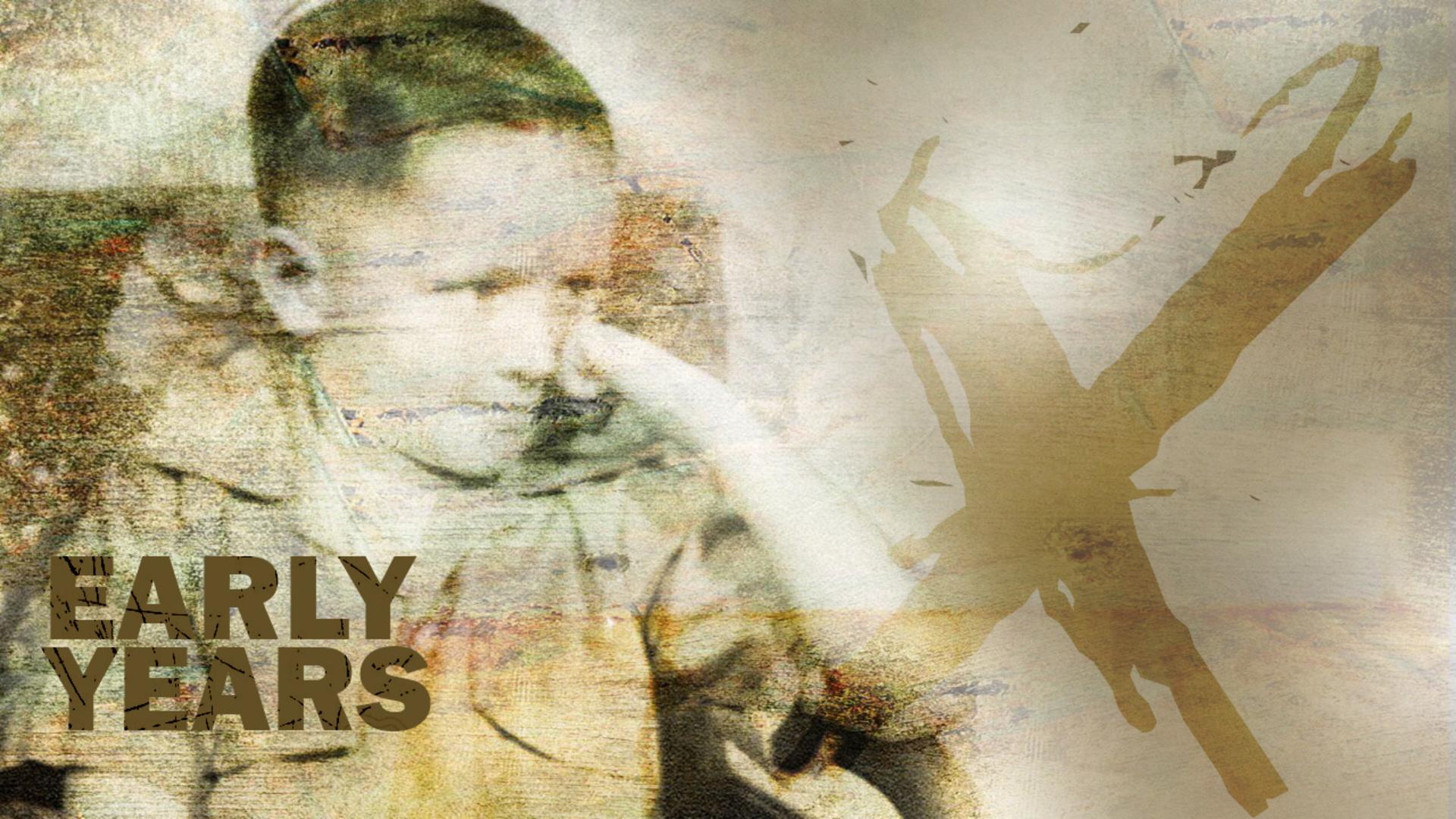
EARLY YEARS
Charles Milles Maddox (only later would he adopt his stepfather’s surname, Manson) was born on November 12, 1934, in Cincinnati, Ohio.
His upbringing was unpleasant, but hardly unique.
His mother, Kathleen Maddox, had been labelled a ‘loose’ woman. She was just 15 when she had Charles. She also clearly did not want a child in her life.
So she would disappear for days, simply leaving young Manson alone. Once, she reportedly attempted to sell him to a childless woman for the price of a pitcher of beer.
Family members would seek him out on the streets to take care of him.
But they offered little succour themselves.
Manson’s grandmother was a religious fanatic, subjecting him to intermittent bouts of strict ideological dogma.
His sister, Nancy, and cousin, JoAnn, later said the innocent-looking young boy concealed a dark side. He was an attention-seeking ‘disagreeable child’, who ‘lied about everything’. He also threw violent tantrums, always blaming others for his acts.
Manson quickly became ‘street wise’ — and a petty criminal.
To defend himself, he would pretend he was crazy.
It was from this cauldron of rejection and emotional turmoil that the young Manson forged his own personal philosophy.
It was bizarre. But it was also disturbingly honest.
He would eventually discover he had a hypnotic power over people.
But first he would have to get out of prison.
In 1947, aged just 12, he was sent to a boys home for stealing. He would be in and out again for the next 20 years.
In March 1967 Manson was released after serving six years for violating parole. He had been convicted for forging a $US37 cheque.
He was 32 when he walked free into a Summer of Love.

A PROPHET ON THE RISE
Manson was always unkempt. Sometimes unwashed.
Yet he had presence. The way he walked. The eerie but calm way he moved. His dark, Rasputin-like eyes inevitably sucked people into his sphere.
He played guitar, and was friends with Beach Boys’ singer Dennis Wilson.
Young women in particular were mesmerised.
It was an era of upheaval. Youth were rejecting the ways of their parents, while at the same time living under a Cold War umbrella of fear.
Despite the newly asserted freedom of these young runaways, most still found their lives strangely lacking. They were lost in a world without boundaries.
Enter Manson.
Free food. Free drugs. Free love.
It was too good to be true.
Yet Manson offered it all.
He rapidly recruited a fervent following. Prosecutors called them “The Family”.
Manson was always a magnetic presence, often wearing distinctive buckskins or a technicolor vest lovingly made by ‘his girls’.
One minute he would be beating them. The next he would be bedding them.
But his positive, inclusive metaphysical message inspired unquestioning loyalty. As did the LSD.
It was this ability to influence young minds which later saw him repeatedly labelled “the devil” by a shocked public.
Moving from San Francisco to Los Angeles, Manson and his ‘Family’ took up residence at Spahn Ranch near Chatsworth, California.
He started implying that he was the reincarnation of Jesus. His young followers certainly believed so.
The ‘Family’ grew to roughly 100.
But Manson’s mind began to turn dark.
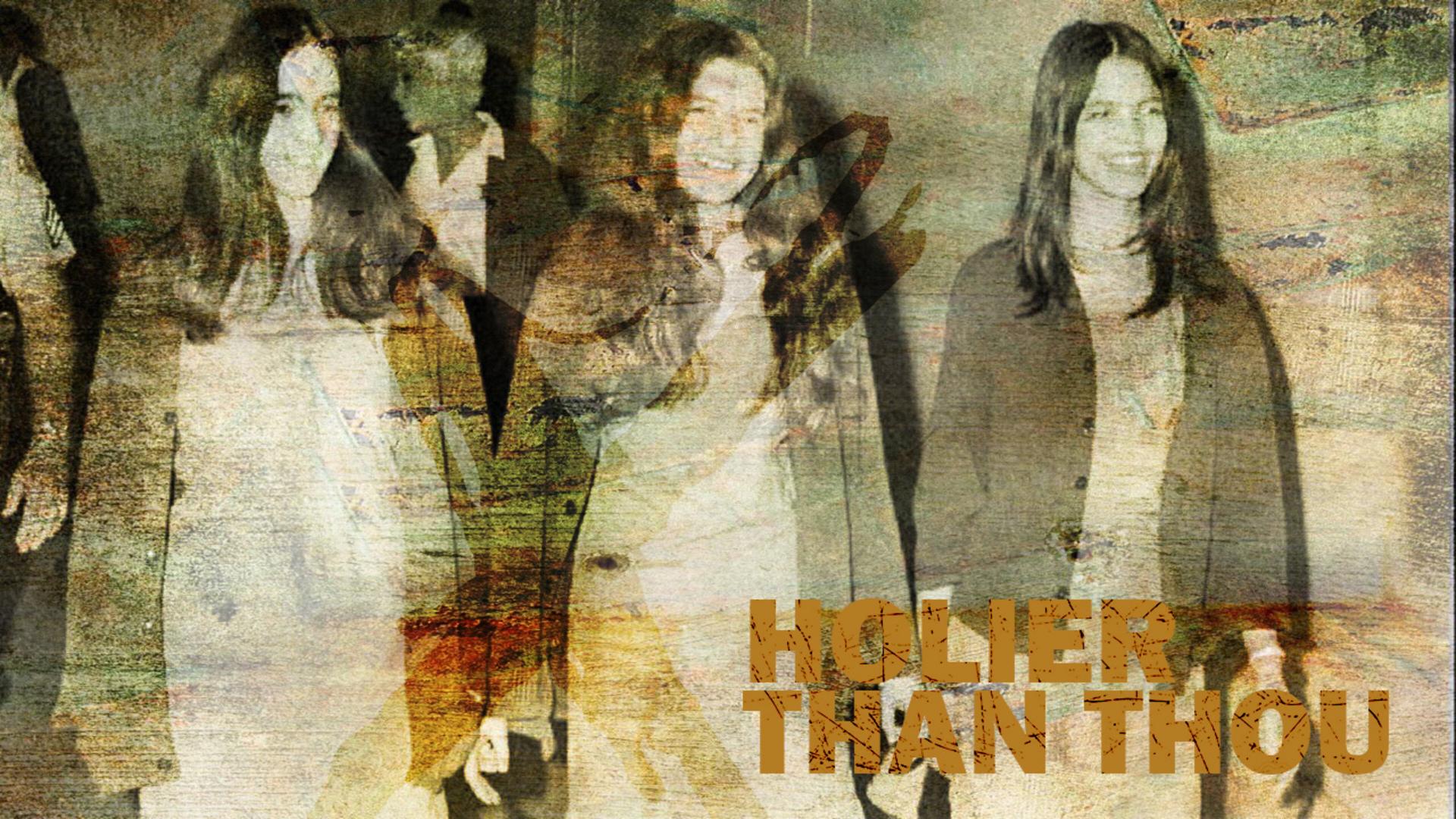
HOLIER THAN THOU
Manson had for some time been talking of an apocalyptic vision. He preached of a coming race war between blacks and whites.
But he had a plan.
He and his ‘Family’ would retreat to the desert. There they would build an underground paradise to ride out the tumultuous time in a kind of heaven-on-Earth.
Oddly, Manson reportedly predicted that ‘whites’ would lose the war — but that that the ‘blacks’ would eventually seek him out to become their leader.
About 1969 something snapped.
Prosecutors argued Manson became tired of waiting for the war.
So he decided to start it.
The court was told that, in August 1969, he summoned some of his most fervent followers.
All were young. One was male. Three were “Manson’s girls”.
It was not the first ‘Family’ killing. Exactly how many had died at their hands is not known.
But Manson follower Bob Beausoleil was in custody for the murder of Garry Hinman, who appears to have been involved in a drug deal gone wrong.
Now he detailed his plan, codenamed “Helter Skelter” after the famous Beatles song.
Manson sent Charles “Tex” Watson, Patricia Krenwinkel, Susan Atkins and Linda Kasabian to a specific address — 10050 Cielo Drive — in Los Angeles. It was a house once rented by record producer Terry Melcher who had refused to give Charles a recording contract.
Manson’s orders were to “totally destroy everyone in it, as gruesome as you can.”
He gave careful instructions for them to leave behind clues that would implicate the militant black activist group Black Panthers. Some argue his true motive was to provide links to the earlier Melcher murder to convince police that they had the wrong man in Beausoleil.
It took just 25 minutes.
“I’m the devil and I’m here to do the devil’s business,” one of the frenzied ‘family’ members reportedly declared while forcing their way into the house shortly after midnight on August 9, 1969.
Dead, from 102 stab wounds, were pregnant actor Sharon Tate, heiress Abigail Folder, hairstylist to the stars Jay Sebring and scriptwriter Voytek Frykowski.
Scrawled in blood over the walls were messages including “death to pigs”.
Angered that press reports failed to mention the Black Panthers, Manson had his ‘Family’ of killers — now joined by Leslie Van Houten — do it again. This time, though, he would oversee proceedings himself.
Supermarket chain owner Leno LaBianca and his wife were cut down by 67 knife blows.
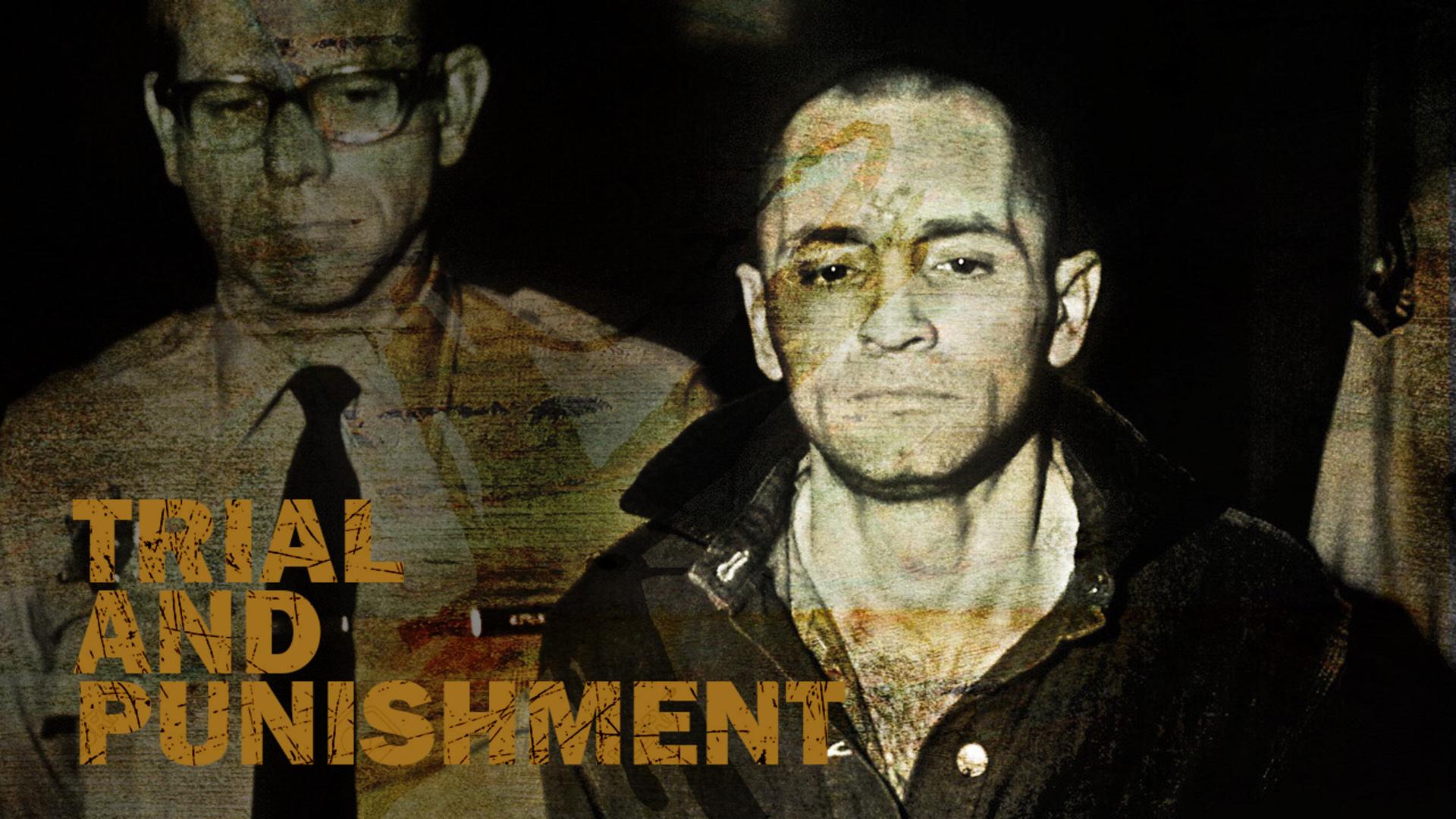
TRIAL AND PUNISHMENT
Manson was never backward about coming forward about his own criminality.
“I’m a gangster, woman. I take money!” he shouted during an early TV interview.
It’s a directness he carried with him into old age.
In a 2013 interview with Rolling Stone he quickly flicked a startled reporter on the nose: “There ain’t nobody I can’t touch on the nose. I know what you’re thinking. Just relax … If I can touch you, I can kill you.”
However, Manson always insisted he played no part in the 1969 murders. He also emphatically denied enticing anyone into the gruesome task. Instead, he’s always blamed Tex Watson.
But one prosecutor would pursue him relentlessly: Vincent Bugliosi.
A blazing-eyed Manson insisted he was being persecuted. At the start of the trial he had an “X” carved into his forehead as a mark of defiance.
His followers followed suit.
Nine months later, he had it changed into a Nazi swastika.
“I was good and now I know none,” he explained to media at the time. “For you as a group of people have shown me no mercy. The mark on my head simulates the dead head black stamp of rejection, anti-church, falling cross, devil sign, death, terror, fear.”
Even some of his most recent converts have similarly branded themselves — though they have kept to the original theme of the fallen cross.
Manson’s trial testimony offered plenty of insight as to how he held so many lost youth under his spell.
“There has been a lot of charges and a lot of things said about me and brought against the co-defendants in this case, of which a lot could be cleared up and clarified,” court transcripts record him as saying. “Most of the people at the ranch that you call the Family were just people that you did not want, people that were alongside the road, that their parents had kicked out, that did not want to go to Juvenile Hall. So I did the best I could and I took them up on my garbage dump and I told them this: that in love there is no wrong.”
It was a philosophy obviously embraced by his followers.
Susan Atkins infamously said during her trial: “She (Sharon Tate) kept begging and pleading and pleading and begging and I got sick of listening to it, so I stabbed her ... How can it not be right when it’s done with love?”
Kasabian was granted immunity in return for participating as a star witness. In 1971, all the other defendants were found guilty and sentenced to death.
This was commuted to life when California, for a time, repealed the death penalty.
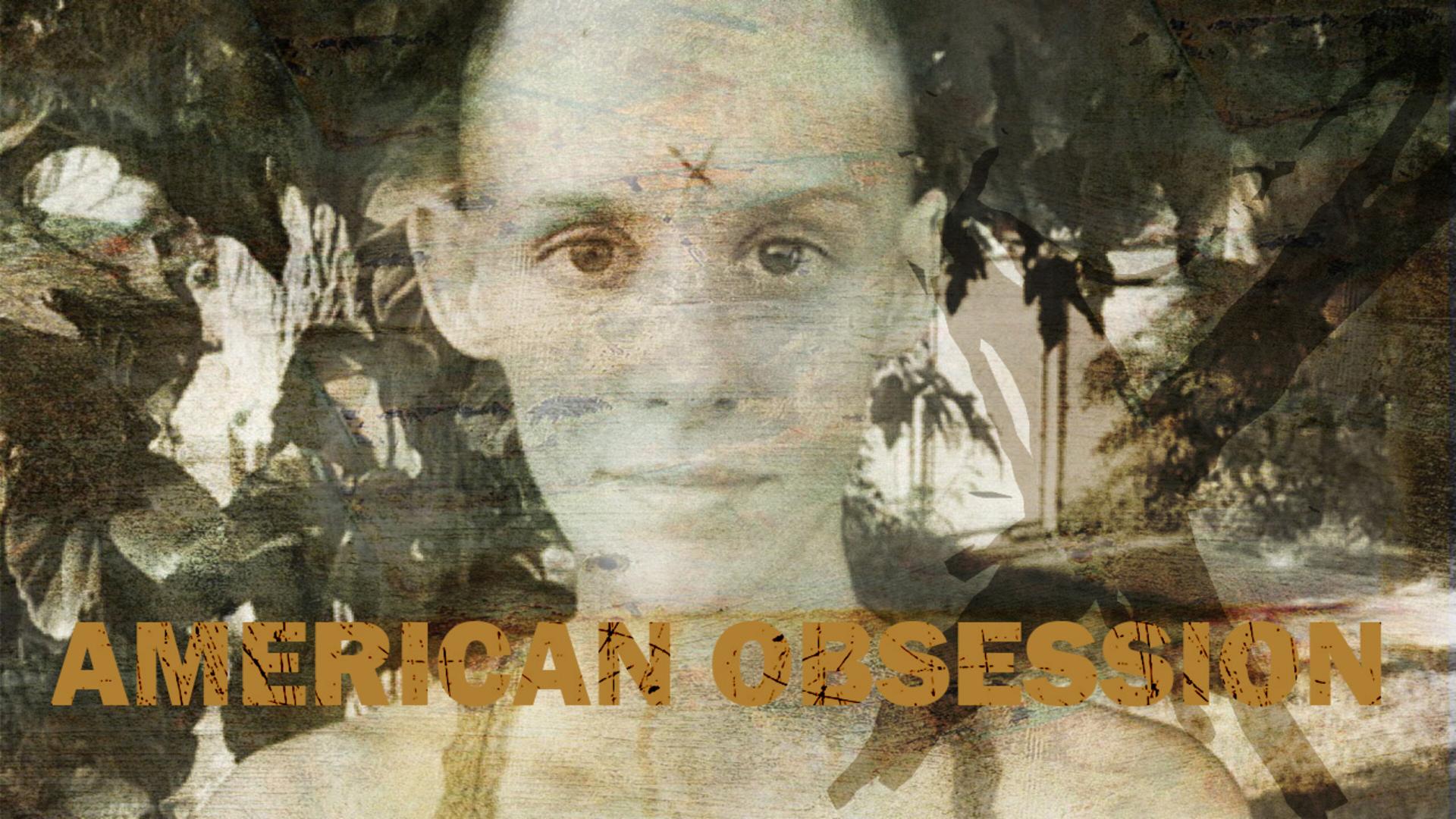
AN AMERICAN OBSESSION
In 1974, Bugliosi published a 600-page account of Manson’s crimes, investigation and trial.
It sold more than 7 million copies.
He died in June 2015.
Manson, who was earlier this month hospitalised with an unspecified medical condition, refused to go gently into the night.
Even from behind bars, he could still influence people.
That he continued to do so defies all reason. But that is the essence of Manson’s appeal.
There are the websites, blogs and social media pages endlessly arguing over the detail of his conviction. Many still espouse the ‘truth’ of his philosophy and the “innocence” of his shirt.
“We’re all dead. Everybody’s dead man. They don’t know it, they don’t realise it that we died 1000 times before we were born. There’s no such thing as being born or dying it’s uhh, that’s a game that we’ve invented for … you realise how infinite and timeless we are. There’s only one,” the mansondirect.com website (run by ardent young female follower “Star”, aka Afton Elaine Burton) breathlessly attributes to Manson in a January 8 post.
Star’s hopes to marry Manson, to whom she was a regular visitor, were dashed by the convict in 2015.
In recent years Manson has inspired a string of books, documentaries, television series and movies — including Helter Skelter (2004), House of Manson (2014) and Manson’s Lost Girls (2016)
Despite his death, America’s fascination with this dark prophet is not likely to wane any time soon.

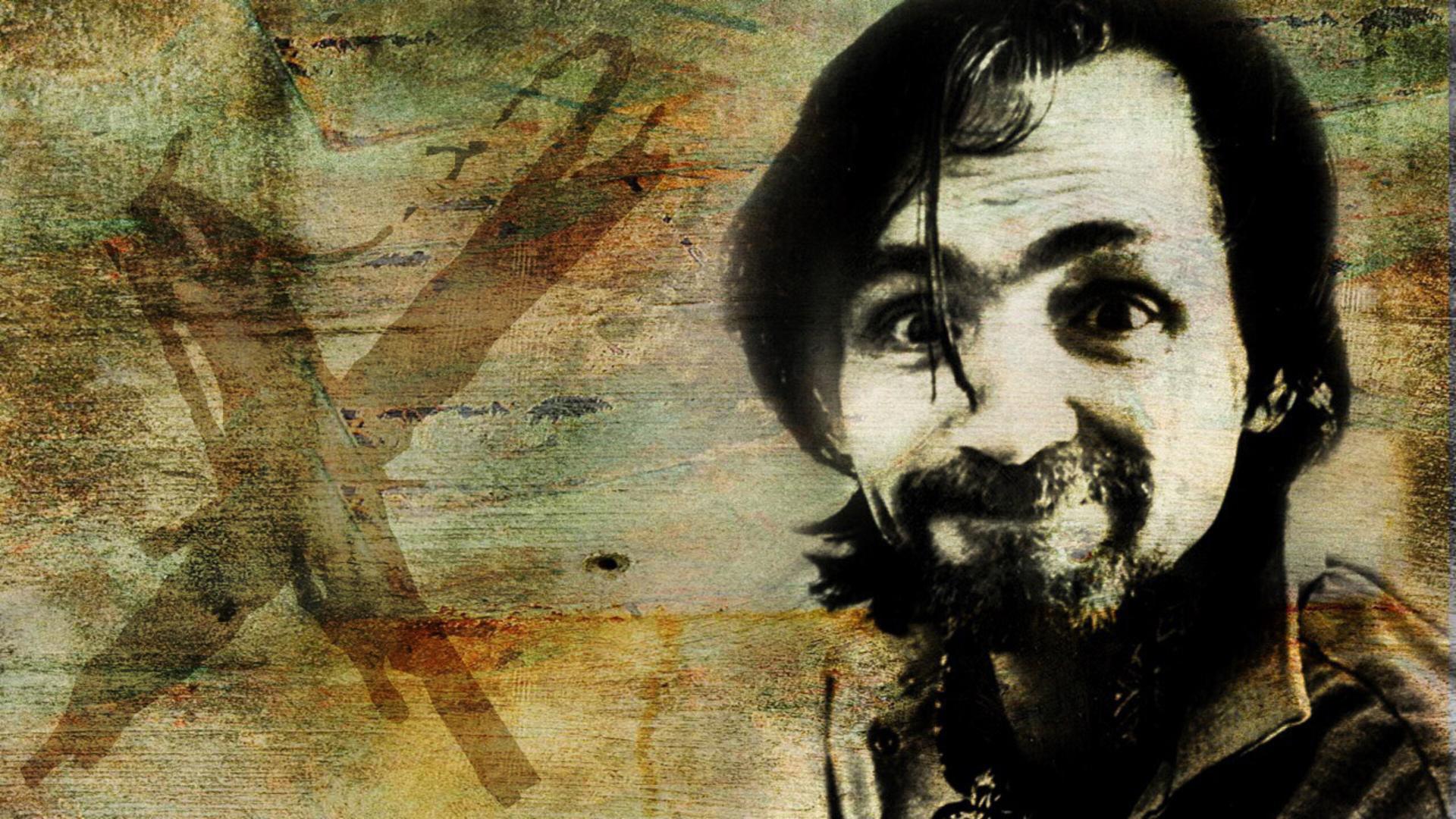
Add your comment to this story
To join the conversation, please log in. Don't have an account? Register
Join the conversation, you are commenting as Logout
‘Grifter’: Podcaster attacks grieving widow
A left-wing podcaster has launched an extraordinary attack on the widow of murdered conservative activist Charlie Kirk.
14yo shot by classmates, set on fire
A social media dispute has led to the death of a 14-year-old girl who was lured into the forest, shot and burnt by two classmates.